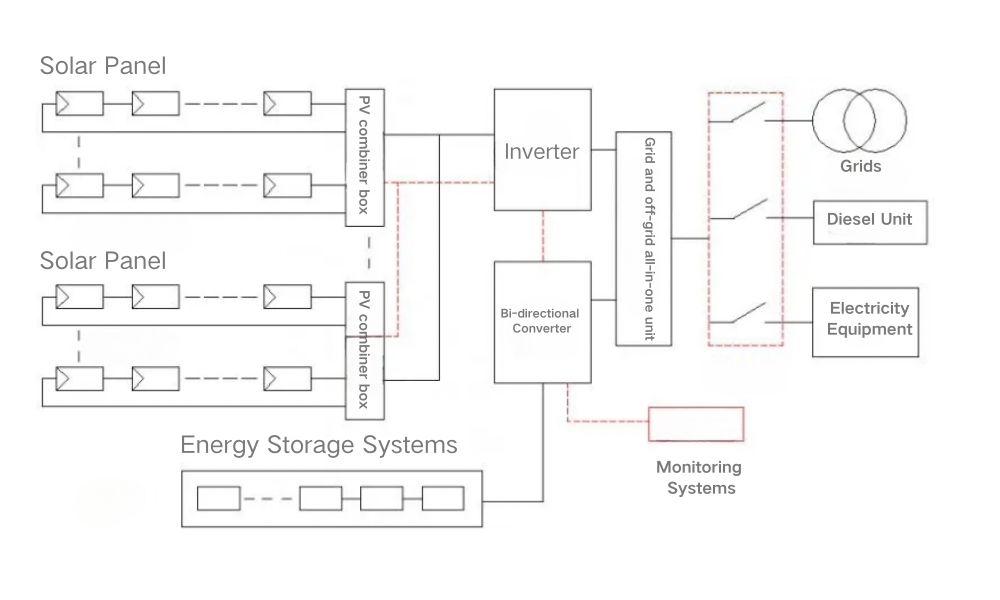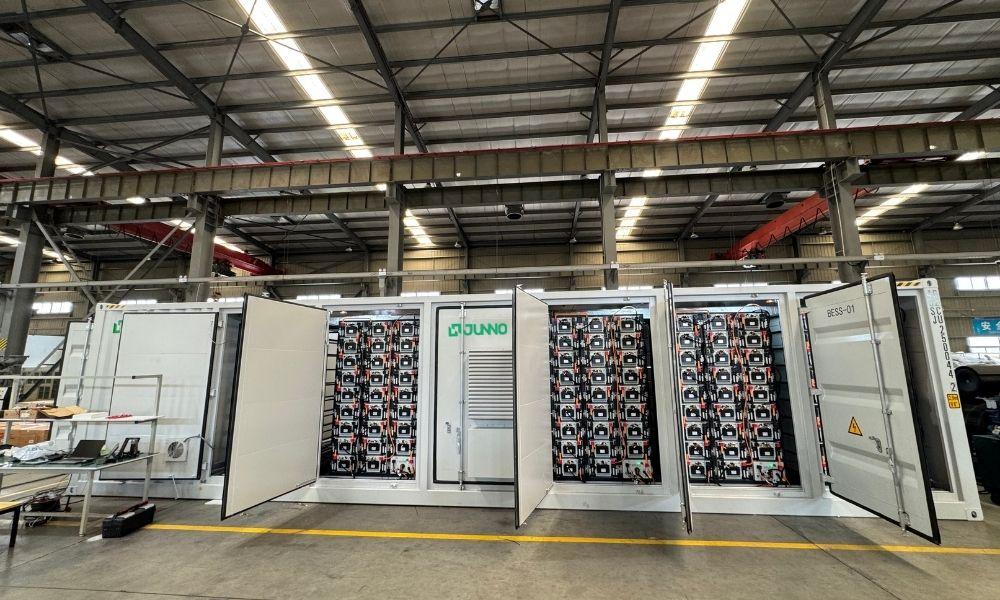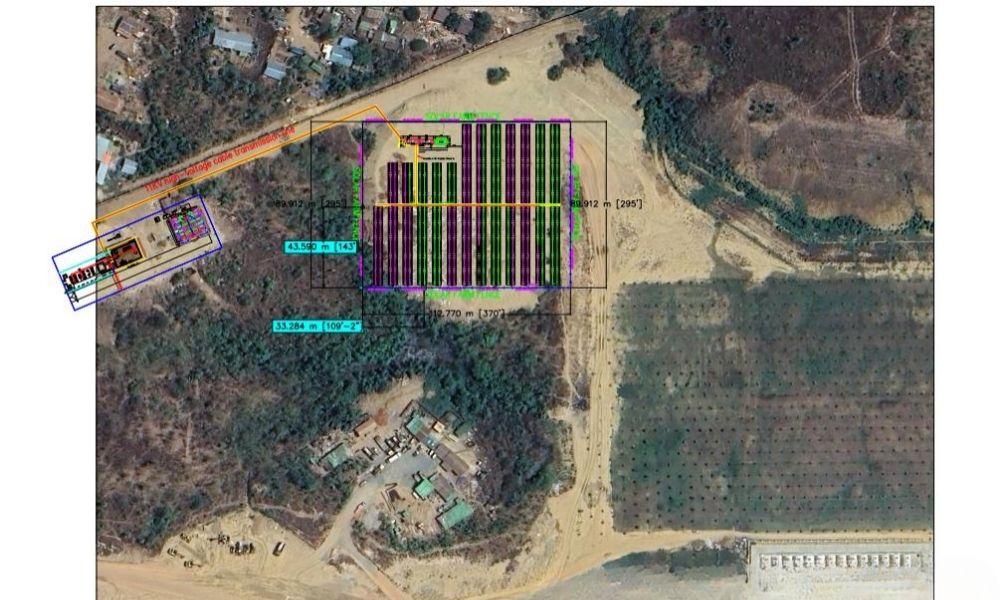The New Energy Revolution for Islands: In-Depth Analysis of Microgrid Energy Storage Technology
What is an Island Microgrid?
Due to the special characteristics of geographical location, it is often difficult for sea islands to obtain a stable and reliable power supply through traditional power grids. By integrating distributed power generation resources, microgrids can form an independent power supply system on islands to ensure the stability and reliability of power supply.

An island microgrid consists of distributed power sources, electricity loads, energy storage facilities, distribution infrastructure, system monitoring, and protection devices. It has complete generation, transmission, and distribution capabilities, including generation, consumption, storage, and regulatory protection. This microgrid can be viewed as a small power system that supports off-grid self-consumption and local utilization, making it suitable for islands and remote areas where large grids are hard to reach, ensuring local power supply.

The energy storage system for island microgrids is an important part of the microgrid.
Primarily, they address the source-load imbalance when integrating new energy into the grid, reducing curtailment issues, and providing uninterruptible power supply (UPS) functionality. This means that in the event of a grid outage or abnormal conditions, the system can switch to off-grid mode in a very short time (within 10 milliseconds), using battery storage to continue supplying power and ensuring uninterrupted operation of critical loads. This enhances the microgrid's flexibility and stability. The inclusion of energy storage systems gives microgrids the characteristics of new power systems, promoting local consumption of renewable energy and achieving coordinated development of “source, grid, and load.”
Island Energy Storage Solutions:
Special geographical design
Design the energy storage system for the unique geographic and climatic conditions of the islands, such as having anti-salt spray and anti-corrosion features to improve the durability and operational reliability of the system.
Reasonable configuration of energy storage capacity
According to the actual power demand of the project, the capacity of the energy storage system is reasonably configured to balance the relationship between power supply and load so as to improve the stability and reliability of the microgrid.
High-quality energy storage equipment
Prioritise high-efficiency, safe, and reliable energy storage technologies, such as lithium-ion batteries and liquid-flow batteries, to improve the efficiency and performance of energy storage systems.
Intelligent management and control
The intelligent management and control of energy storage facilities are carried out through the microgrid management system so as to realize the functions of automatic charging and discharging, optimal scheduling, and other functions of the energy storage system and improve the operation efficiency and stability of the microgrid.
Case Study
Fiji's electricity supply faces typical challenges of island nations, primarily relying on diesel generation and renewable energy, but the grid is highly vulnerable. Due to its unique geographical position, grid connectivity is also challenging. Junnoenergy successfully deployed a microgrid system dominated by “photovoltaic generation + energy storage,” supplemented by diesel generators as backup. The project equipped a 1.7MW centralized photovoltaic system and a 1.6MW/2.98MWh energy storage system.

During the day, the system fully utilizes photovoltaic generation; at night, the energy storage system discharges to ensure load supply. This guarantees a stable power supply for 24 hours on the island. Facing challenges such as high salt mist and construction difficulties for off-grid storage projects, Ying Energy adopted lightweight, high salt mist-resistant packaging, combined with photovoltaic storage solutions, to enhance system reliability and independence.